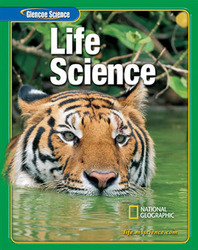1.
A) mimicry B) poisonous sting C) foul odor D) camouflage 2.
A) feathery gills B) moist skin C) book lungs D) spiracles 3.
A) soil B) plants and decaying material C) blood D) snails and slugs 4.
A) Both have jointed appendages. B) Both have segmented bodies. C) Both have setae. D) Both have an exoskeleton. 5.
A) a muscular foot B) creeping on tentacles C) a jet of water D) rapid movement of its shell 6.
A) destroy mollusks B) condition and aerate the soil C) pollinate crops D) drill holes in submerged wood 7.
A) egg, worm, adult B) egg, nymph, and adult C) egg, birth, larva, insect D) egg, larvae, pupa, and adult 8.
annelid mean?A) head-footed B) spiny skin C) little rings D) jointed foot 9.
A) crab B) scorpion C) grasshopper D) bee 10.
A) echinoderms B) segmented worms C) arthropods D) mollusks 11.
A) segmented worms B) echinoderms C) arthropods D) mollusks 12.
A) neither sperm nor eggs B) sperm and eggs in the same body C) only eggs D) only sperm 13.
A) slug B) clam C) squid D) oyster 14.
A) mantle B) gizzard C) radula D) exoskeleton 15.
A) sea urchin B) brittle star C) sea cucumber D) sand dollar 16.
A) head-footed B) soft bodied C) parasites D) filter feeders 17.
A) mimicry B) metamorphosis C) digestion D) molting 18.
A) an earthworm B) a leech C) a bristleworm D) a polychaete 19.
A) arachnids B) centipedes C) crustaceans D) insects 20.
A) cephalopods B) gastropods C) bivalves D) arachnids














